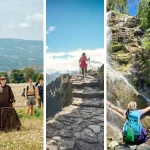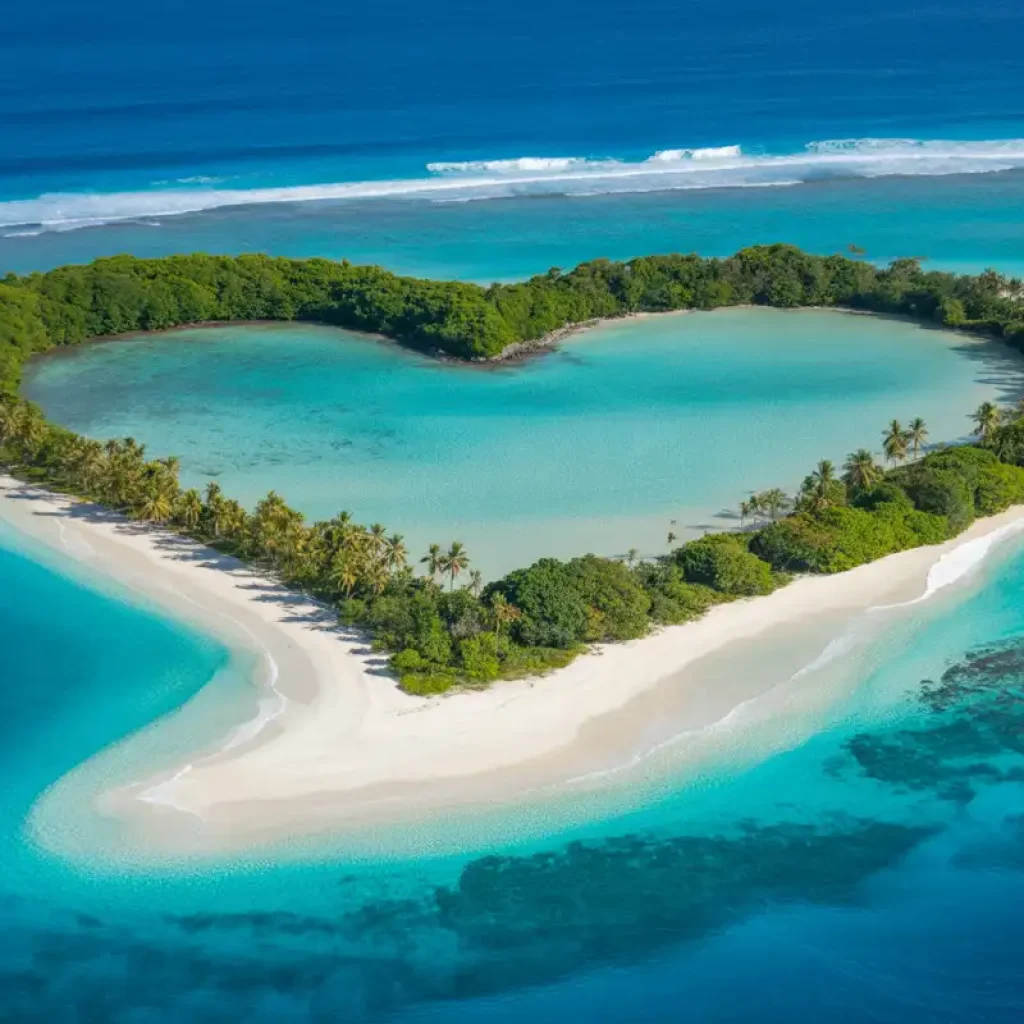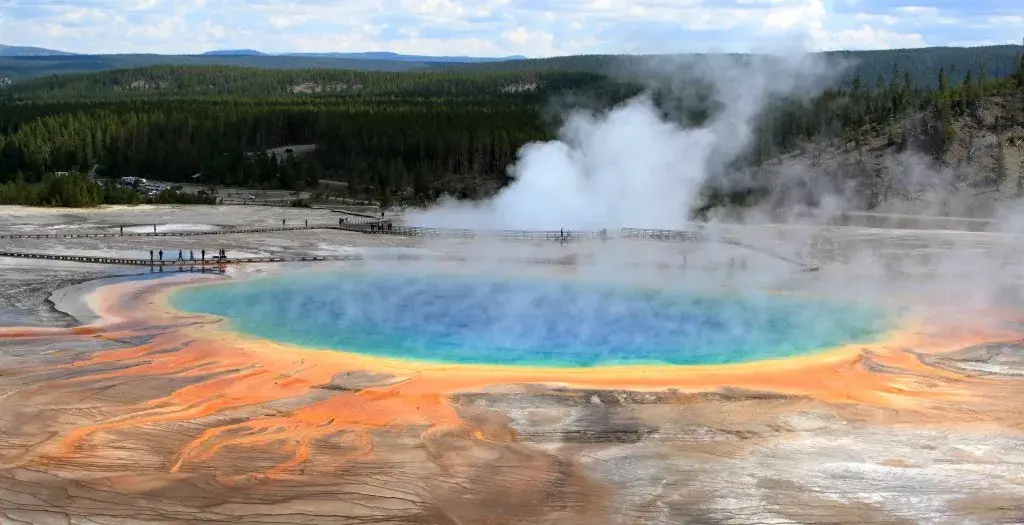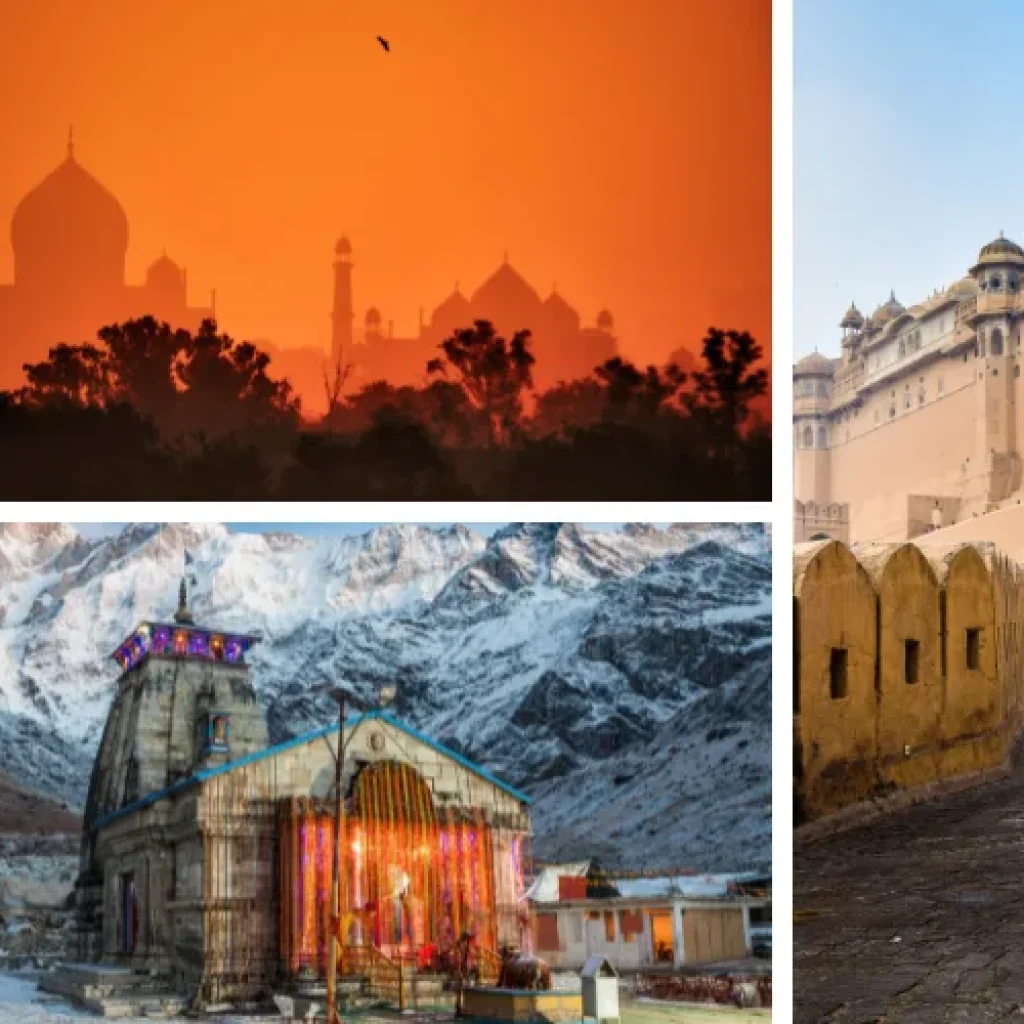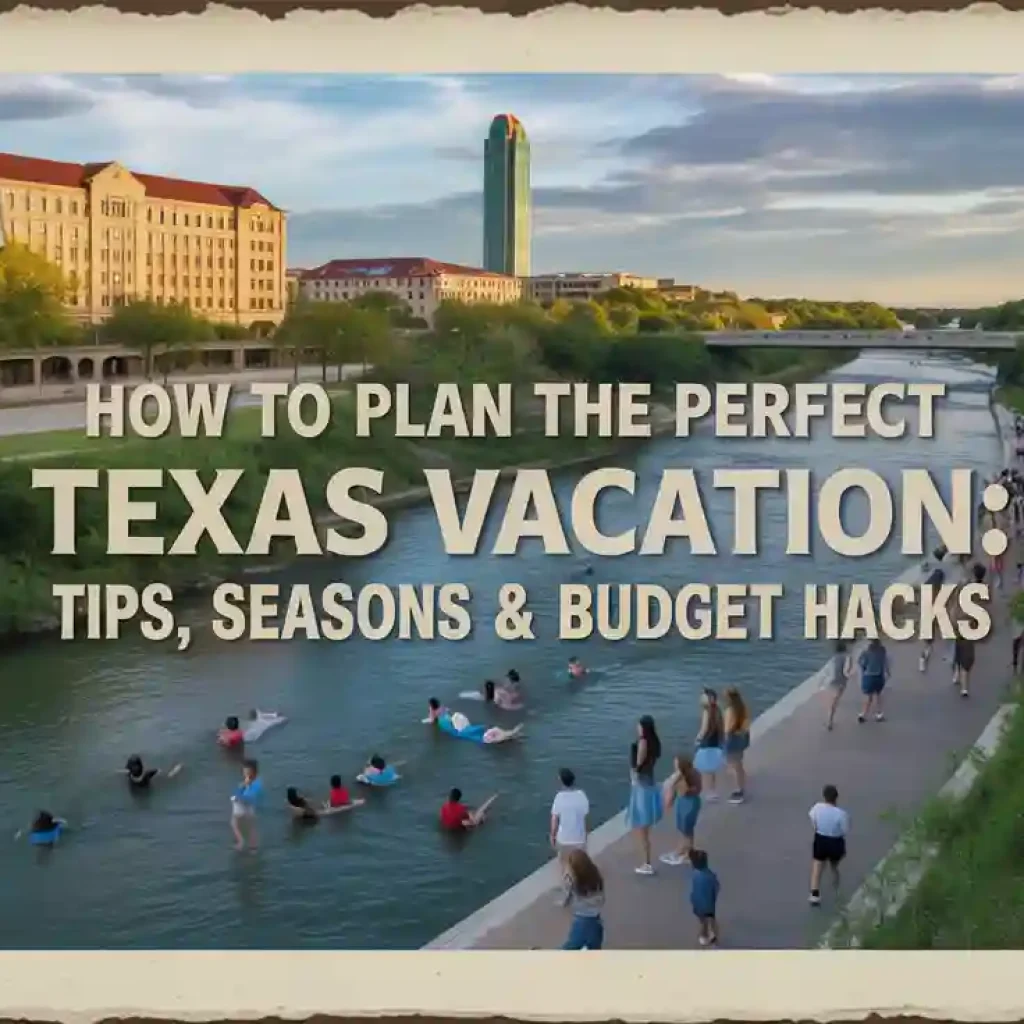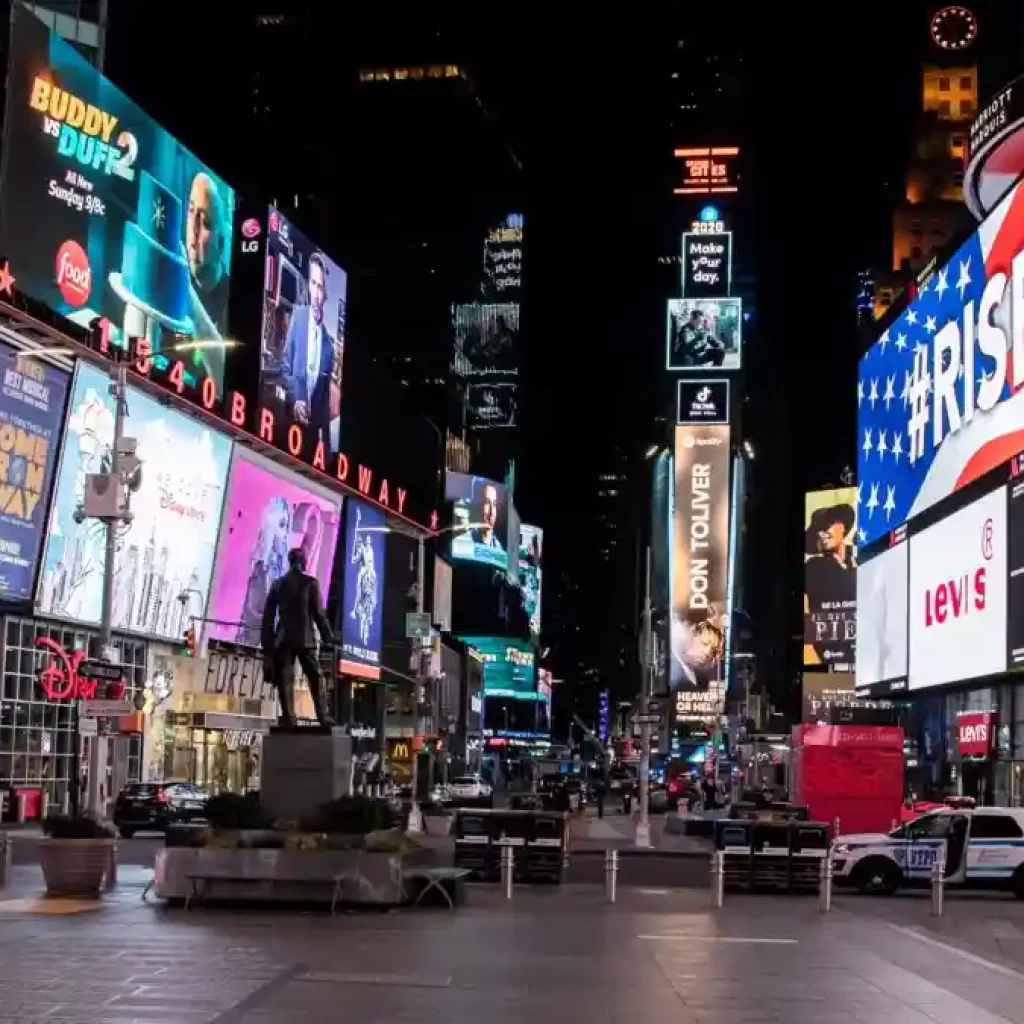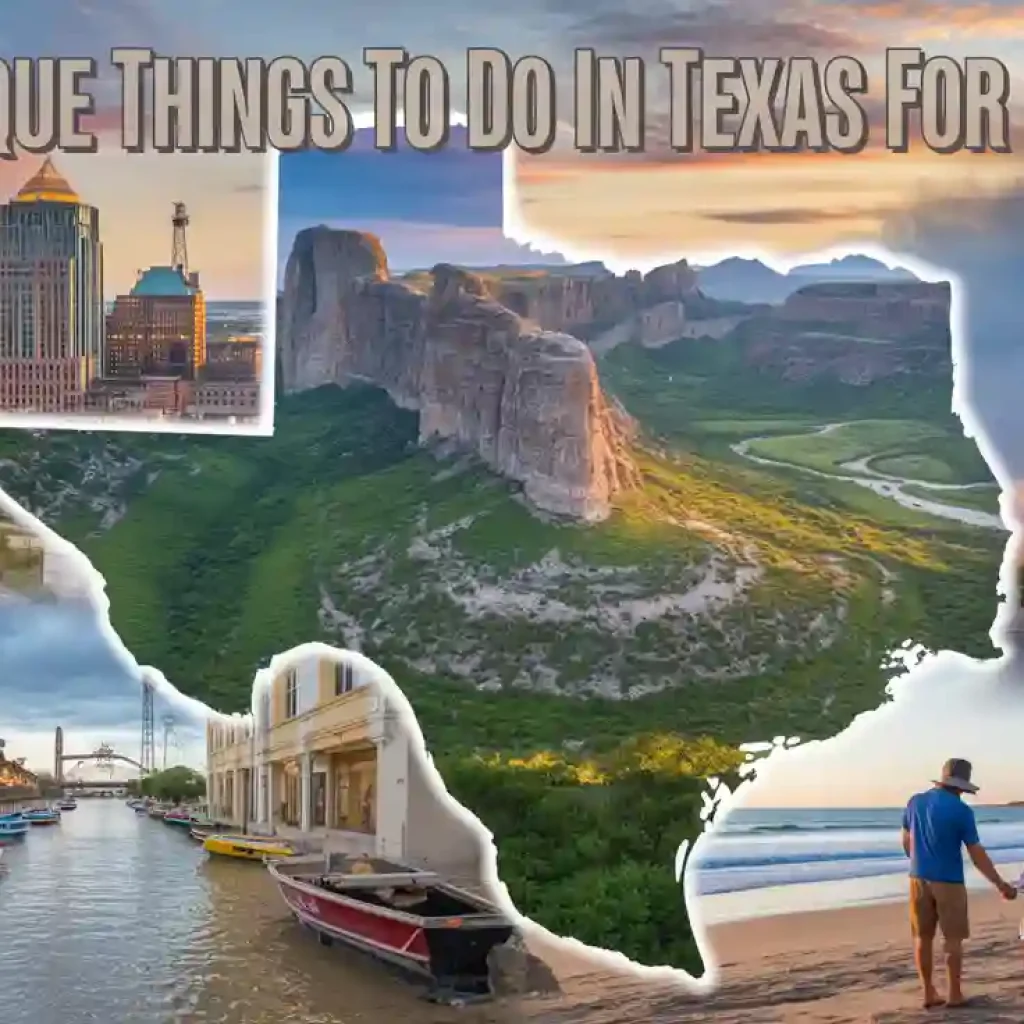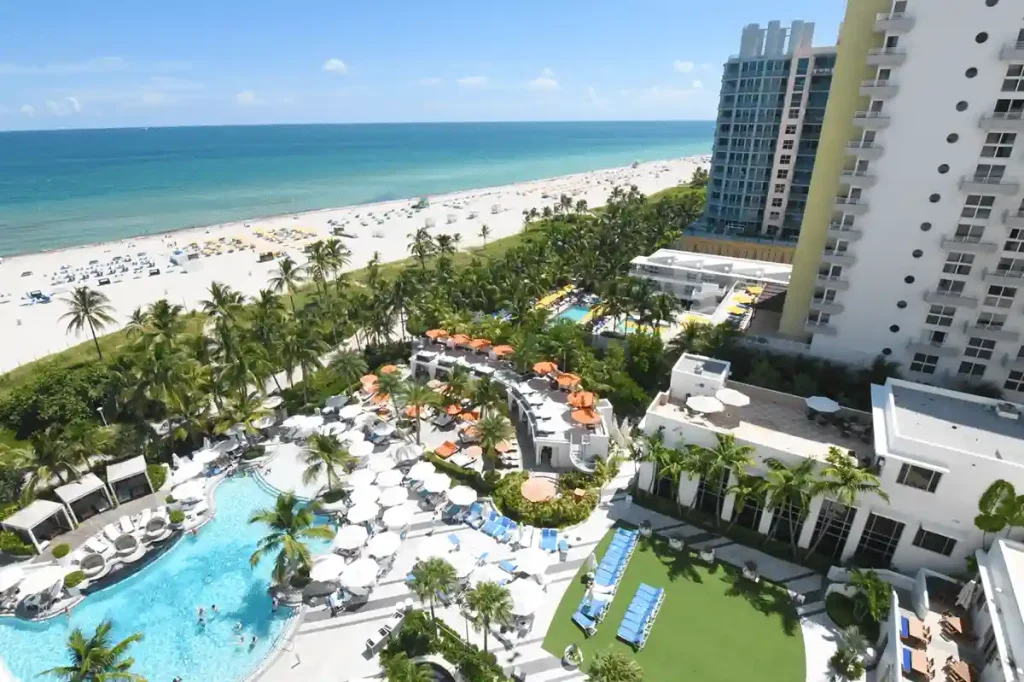7 Major Cities in the Coastal Plains of Texas You Should Visit
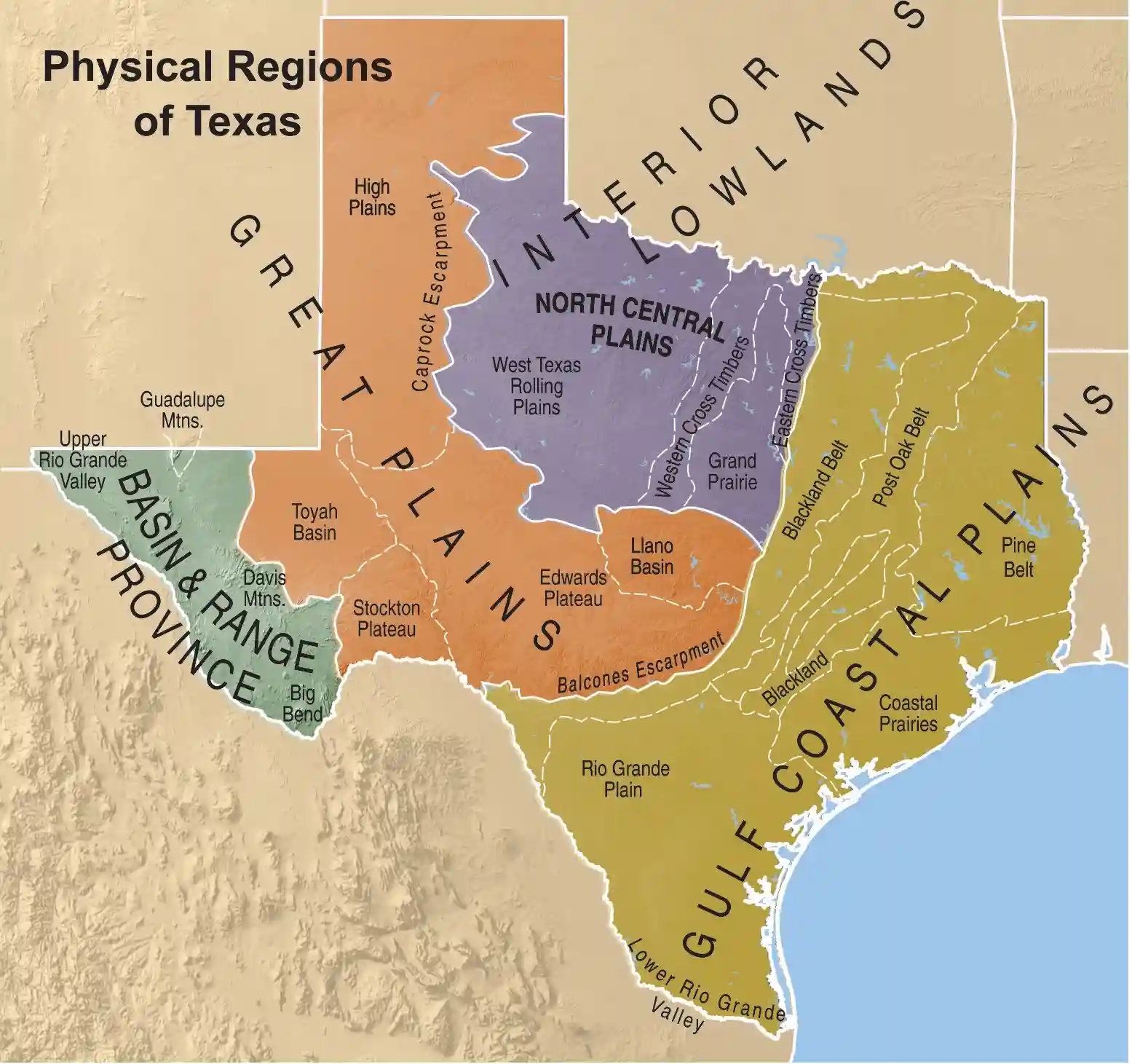
Many travelers think Texas coastlines mean beaches alone, but the Cities in the Coastal Plains of Texas offer more than surf and sand. This vast region stretches from the Gulf of Mexico inland toward rolling prairies, where wetlands, rivers, and bayous shape both nature and city life. It’s a region where culture, history, and coastal beauty meet.
In my years exploring this part of the state, I’ve discovered how different each city feels. Houston’s skyline rises above bayous, Galveston balances history with seaside charm, and Corpus Christi brings the Gulf close to your fingertips. These cities aren’t only stops on a map—they’re living, breathing examples of Texas diversity.
Understanding the Coastal Plains of Texas
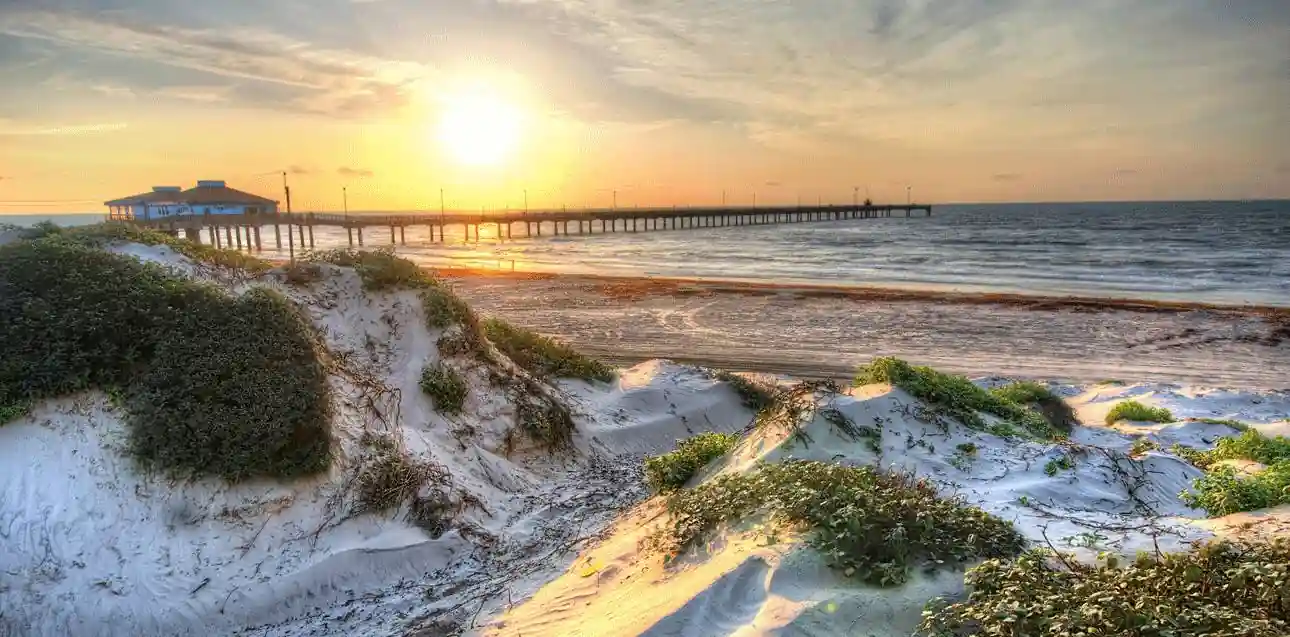
The Coastal Plains form one of Texas’s most important and complex regions. They extend from the Gulf Coast up through low, fertile lands reaching toward San Antonio and even El Paso’s transitional edge. This area sits beside the Gulf of Mexico, where humid air, flat terrain, and rich sedimentary soils have created wetlands, bayous, and marshes that sustain both wildlife and cities.
Subregions within the Gulf Coast Region include the Piney Woods, South Texas Plains, Post Oak Belt, and the Gulf Coastal Plains proper.
Each zone carries its own landscape identity, from the forested Pine Belt in the east to open coastal stretches along the Texas Gulf Coast.
Historically, these plains supported shipping routes, cotton farming, and the growing oil industry, turning several towns into major ports and industrial centers.
Economically, this region still drives the state—serving as an economic hub through energy, logistics, and trade with Mexico via the Rio Grande.
Many of Texas’s most populated areas, including the Houston-The Woodlands-Sugar Land MSA, sit squarely within this region.
Criteria for Choosing These 7 Cities
Choosing only seven wasn’t easy. I based this list on years of personal travel through the Texas Coast and inland areas that still fall within the Plains boundary. Each city stands out for accessibility, cultural depth, and how clearly it represents this region’s geography and lifestyle.
These places blend coastal identity with urban energy. Some offer beaches and bay views, others reflect inland plains and riverfront charm. Together, they create a well-rounded snapshot of what traveling the Cities in the Coastal Plains of Texas truly feels like.
If you enjoy history, culture, or natural landscapes, these cities deliver it all. You’ll find vibrant food scenes, rich maritime history, and welcoming communities that highlight Texas diversity beyond the usual tourist paths.
The 7 Major Cities You Should Visit
Here you’ll find 7 of the best cities that define the Coastal Plains of Texas. I’ll share when to go, what to see, how to get around, and why each place deserves your time.
From big urban centers to quieter coastal hubs, each city reflects a unique rhythm shaped by its land and people.
1. Houston, TX
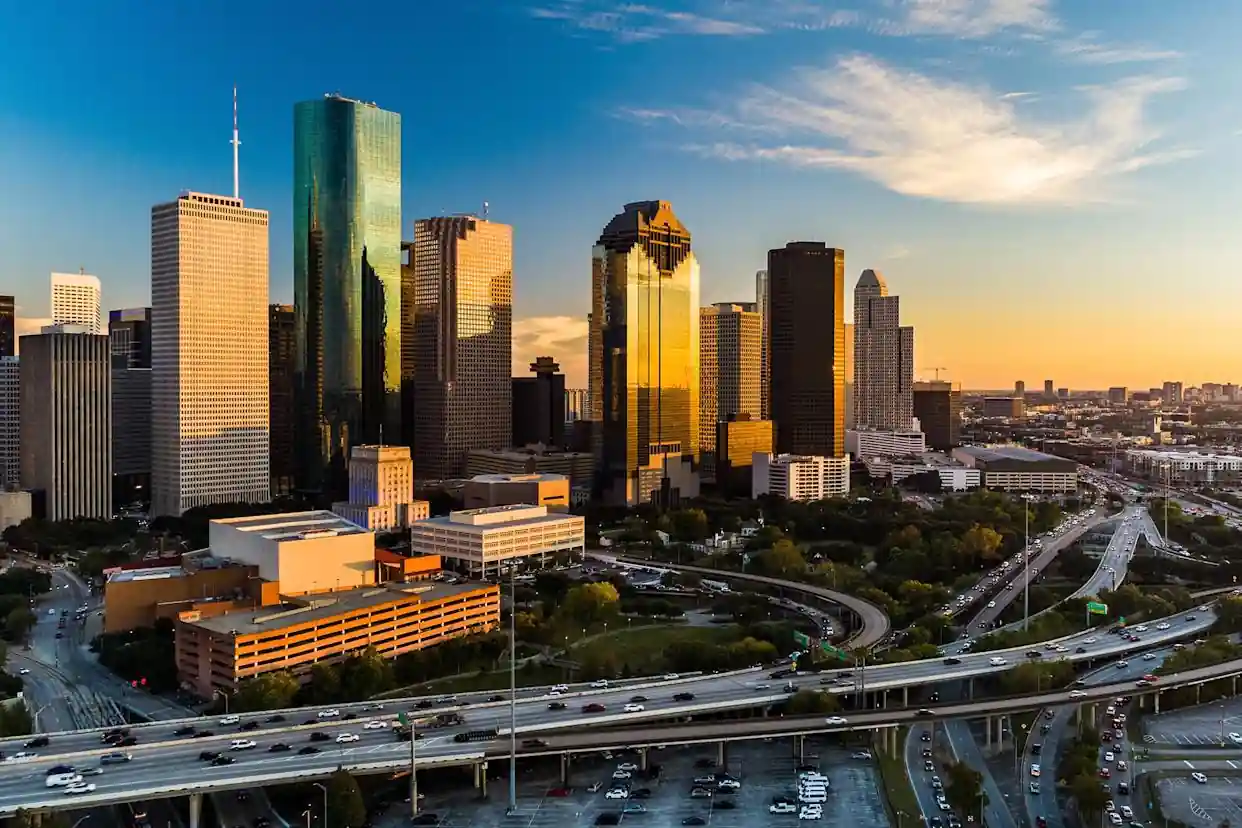
Houston sits deep in the Coastal Plains, where bayous meet skyscrapers and global cultures mix daily. I’ve walked its downtown streets during humid summer afternoons and cooled off beside Buffalo Bayou, watching kayakers paddle through the urban greenway.
Why visit this incredible city:
- The city is part of the Houston-The Woodlands-Sugar Land MSA, a thriving economic hub for energy, trade, and space research.
- Explore Space Center Houston or NASA’s Space Center Houston to see how innovation meets exploration.
- Visit the Museum District, Discovery Green, or enjoy local dining in Midtown and Montrose.
Waterfront connection: Though inland, Houston’s ties to the Texas Gulf Coast are strong. The Port of Houston links to the Gulf of Mexico, and Galveston Island is an easy day trip away.
Insider tip: Spring and fall are best for mild weather. Avoid peak hurricane months when humidity and storms rise.
Hidden gem: Attend the Wings Over Houston Airshow if you visit in October—it’s a thrilling local favorite.
2. Galveston, TX
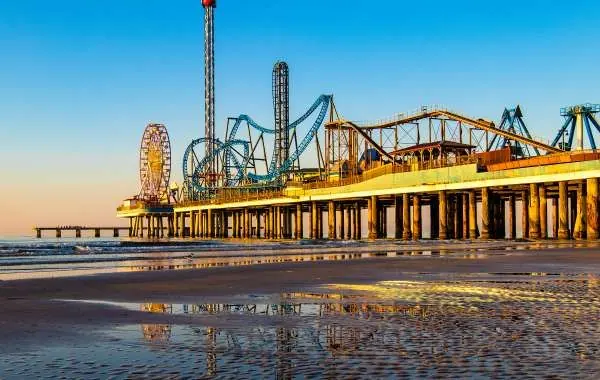
Galveston is where the coastal spirit of Texas truly shines. This island city sits right on the Gulf Coast, blending Victorian charm with salt-air energy. Every time I return, I stay near the seawall, where locals jog at sunrise and families gather at dusk.
Why visit this beautiful city:
- Walk along the Galveston Island Historic Pleasure Pier, a mix of nostalgic rides and ocean views.
- Relax at Galveston Island State Park or swim at Crystal Beach on the nearby Bolivar Peninsula.
- Discover sea life at the Moody Gardens Hotel and Aquarium Pyramid.
Local vibe: Galveston’s barrier islands protect the mainland while creating calm beaches ideal for family visits. The town’s restored architecture along The Strand shows how it survived storms yet never lost character.
Best time: Spring and early fall balance warm weather and fewer crowds.
Hidden gem: Step into the old districts at sunset for beautiful photo spots overlooking the Texas Gulf Coast.
3. Corpus Christi, TX
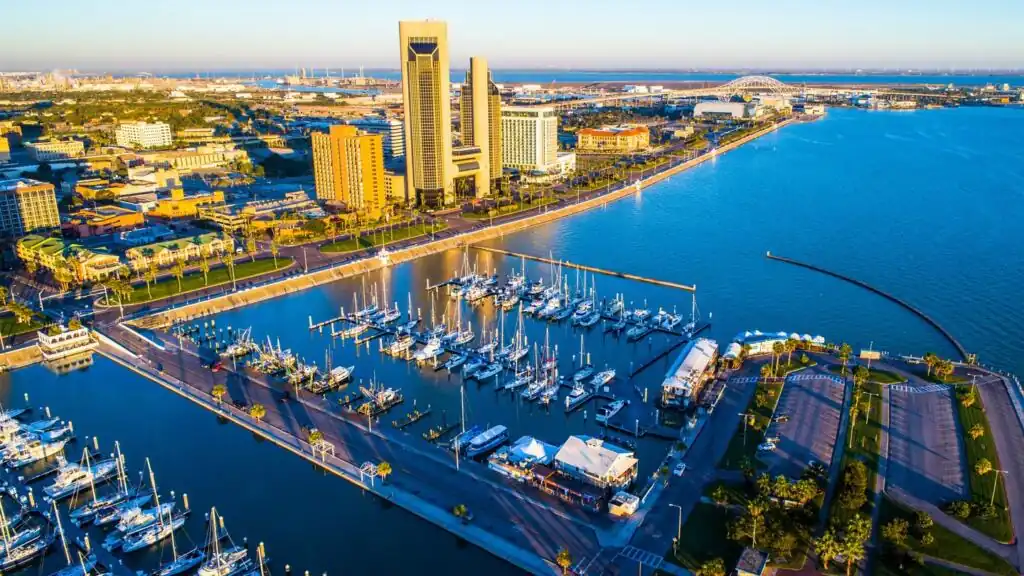
Few cities embody the coast like Corpus Christi. I’ve visited multiple times to enjoy its laid-back charm and oceanfront energy. Here, seagulls circle the harbor, and locals fish from jetties at sunrise.
Why visit this incredible city:
- Stroll along North Padre Island and enjoy the Beaches of the Texas Gulf Coast.
- Visit the Texas State Aquarium or board the USS Lexington Museum, both family favorites.
- Learn coastal history at the Texas Maritime Museum or explore the South Texas Botanical Gardens & Nature Center.
Nature & exploration: Nearby lagoons and estuaries support birdwatching along the Great Texas Coastal Birding Trail, while anglers enjoy year-round fishing on the Texas Coast.
When to go: Late winter to spring offers the best weather, especially if you want mild temperatures and calmer seas.
Hidden gem: Locals recommend visiting Padre Island early morning before crowds arrive—it’s peaceful and full of wildlife activity.
4. Beaumont, TX
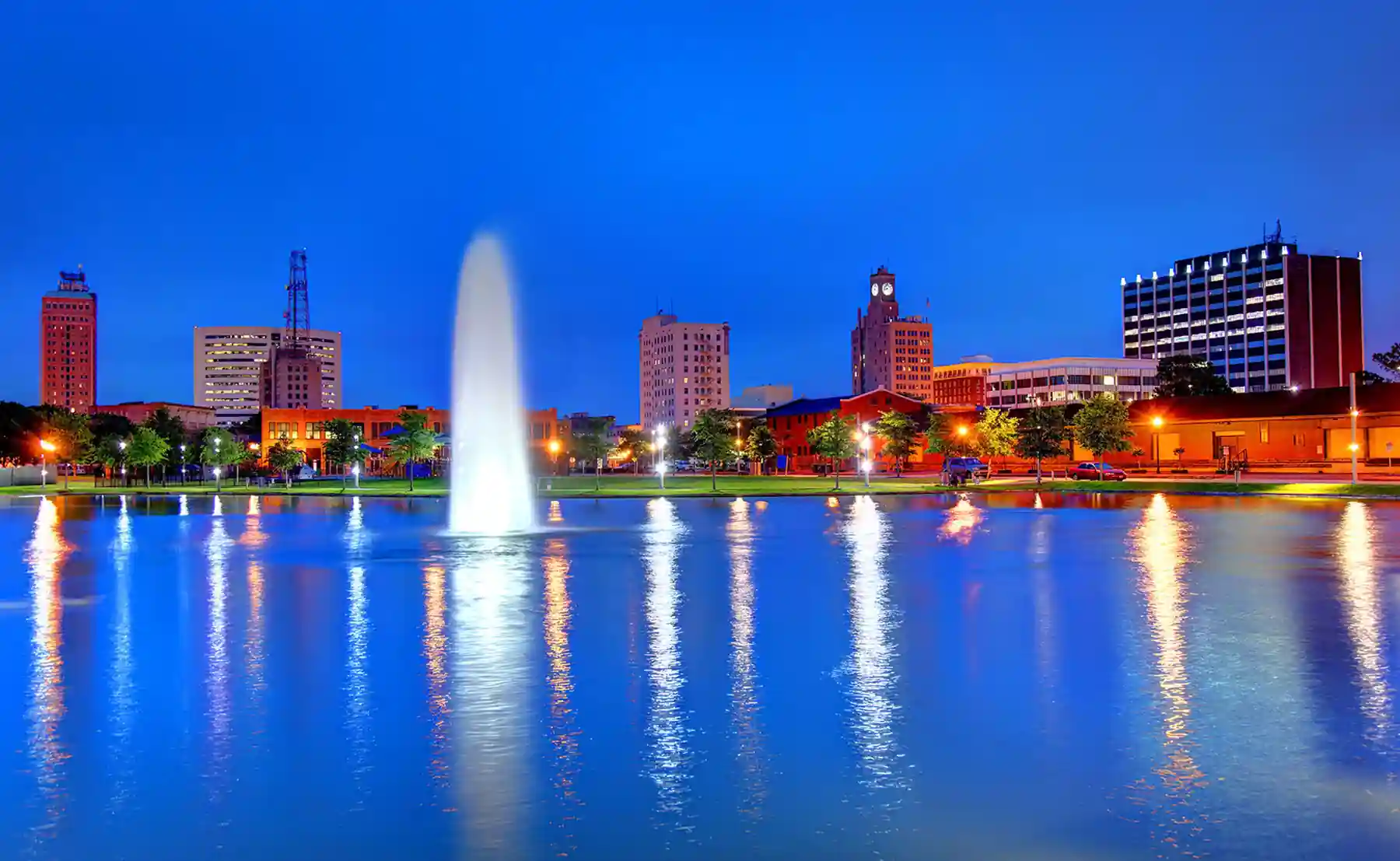
Beaumont sits on the edge of the Gulf Coast Plains, a place where oil history and nature quietly meet. I’ve spent mornings here wandering through oak-lined neighborhoods and afternoons exploring local museums that tell the story of Texas’s industrial rise.
Why visit this incredible city:
- This is one of the coastal plains cities in Texas that played a key role in the state’s transformation.
- Visit the Spindletop-Gladys City Boomtown Museum, where Texas’s oil industry began in 1901.
- Explore the Museum of the Gulf Coast for art, culture, and local legends.
- Don’t miss the nearby Big Thicket National Preserve, a wonderland of cypress swamps and forest trails.
Local flavor: The area blends historic roots with the slow rhythm of small-town life. Locals are proud of their heritage, and you’ll feel it in every café and antique shop downtown.
When to go: March through May brings comfortable weather and blooming wildflowers.
Hidden gem: Drive along the Gulf Coast Region trails near the Neches River for birdwatching and sunset photos.
5. Port Arthur / Orange, TX
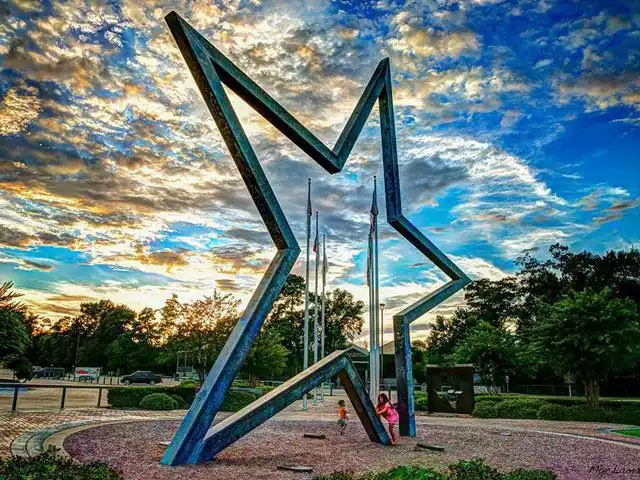
Few travelers realize that Port Arthur and Orange together anchor part of the major cities in the Gulf Coastal Plains of Texas.
These two cities lie near the Gulf of Mexico, surrounded by wetlands and refineries that tell the story of hard work and resilience.
Why visit this city:
- Discover the Texas Maritime Museum exhibits and learn how this area powered trade along the Texas Gulf Coast.
- Visit the Museum of the Gulf Coast in Port Arthur, which highlights music icons like Janis Joplin.
- Tour local marshes or take a drive to nearby Sabine Lake for fishing and photography.
Character: The skyline may show smokestacks, but beyond them are communities that keep deep maritime traditions alive. For those asking “what major cities are in the coastal plains,” this pair represents the working heart of the region.
Best season: Late fall and winter months provide pleasant weather with minimal storm risk.
Hidden gem: Stop by the Museum District in Orange, where local art meets Gulf heritage.
6. Victoria, TX
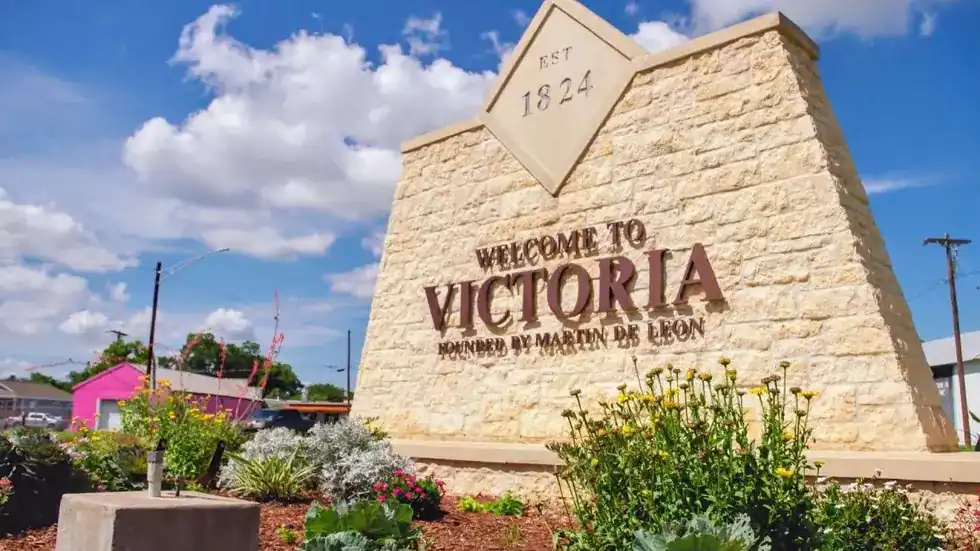
Victoria might not sit directly on the shore, but it perfectly represents the major cities in the coastal plains region of Texas. I’ve often used it as a base while exploring nearby coastal towns. The city lies along the Guadalupe River, surrounded by gentle plains and vibrant Texan hospitality.
Why visit this amazing city:
- Explore Riverside Park for kayaking, trails, and family picnics.
- Visit the historic downtown for 19th-century architecture and local food joints.
- The city is centrally located between Corpus Christi, Houston, and San Antonio, making it ideal for travelers planning a route across the major cities in the coastal plains of Texas map.
Local essence: Victoria offers small-city comfort with easy access to nature and nearby beaches. It’s part of what are some major cities in the coastal plains of Texas that give travelers both cultural depth and outdoor variety.
When to visit: Late winter to early spring for festivals and mild weather.
Hidden gem: Explore the Nave Museum, where regional art meets the story of South Texas identity.
7. Brownsville / Harlingen Region
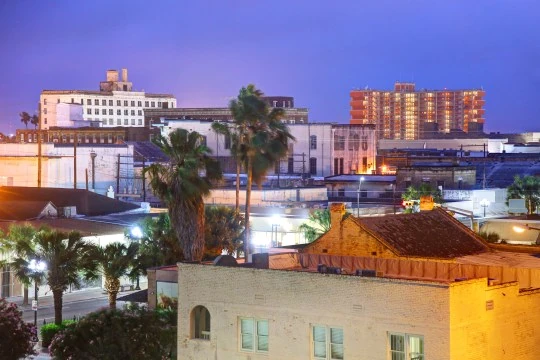
At the southern tip of the Gulf Coast, where the United States meets Mexico, lies the Rio Grande Valley—home to Brownsville and Harlingen, two of the major cities in the coastal plains of Texas that feel worlds apart from the rest of the state.
I first visited during bird migration season, and the mix of tropical climate, bilingual culture, and coastal air made this area unforgettable.
Why visit this city:
- Explore Resaca de la Palma State Park, part of the World Birding Center, ideal for spotting migratory species.
- Visit Sabal Palm Sanctuary, a lush reserve near the Rio Grande where nature and culture blend beautifully.
- Drive to nearby beaches on Padre Island for kayaking, fishing, or dolphin tours along the Texas Gulf Coast.
Cultural mix: Brownsville’s history runs deep, influenced by Mexican heritage and Gulf trade. Local markets, food stalls, and murals make it one of what are some major cities in the coastal plains that showcase real borderland flavor.
When to visit: Late fall through spring offers warm, dry weather perfect for outdoor exploring.
Hidden gem: Harlingen’s Arroyo Colorado trails are peaceful early in the morning and great for photographers.
Mapping & Travel Logistics
When planning your route through the major cities in the coastal plains of Texas map, it’s best to picture a sweeping curve along the Texas Coast. The route runs roughly 500 miles from Beaumont in the northeast to Brownsville at the southern end.
Suggested route:
- Houston → Galveston → Beaumont → Port Arthur → Victoria → Corpus Christi → Brownsville/Harlingen.
This sequence follows the natural line of the Gulf Coastal Plains while staying close to major highways.
Getting around:
- The easiest option is self-driving, though regional flights connect San Antonio, Corpus Christi, and Brownsville.
- Buses and Amtrak lines serve several of these coastal plains cities in Texas, though schedules can be sparse.
- For shorter transfers, car rentals are inexpensive and allow access to barrier islands and small coastal towns.
Tip from experience: Always check weather forecasts before long drives along the Gulf Coast Region during hurricane season. Rain can flood roads quickly in low-lying areas.
Best Time to Visit & Seasonal Considerations
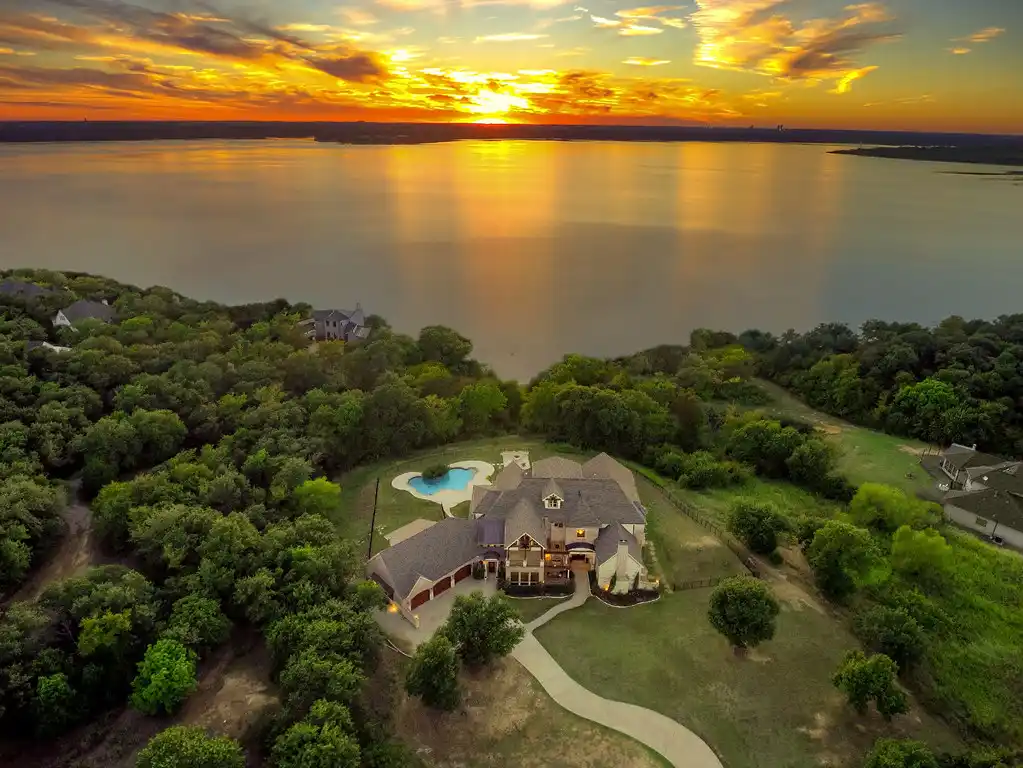
Weather along the Coastal Plains varies less than people expect. The region stays humid and warm most of the year, shaped by breezes from the Gulf of Mexico and local wetlands.
Climate overview:
- Summers (June–August): Hot and sticky, with high humidity and occasional tropical storms.
- Fall (September–November): Best season for travel—cooler temperatures, fewer crowds, and clear skies.
- Winter (December–February): Mild along the coast, ideal for birdwatching and festivals.
- Spring (March–May): Beautiful wildflowers and balanced weather, great for outdoor exploration.
Hurricane season: Officially runs from June through November. If you plan to visit major cities in the coastal plains region of Texas like Corpus Christi or Galveston, avoid late summer when storm surges are common.
For those asking “what are 2 major cities in the coastal plains of Texas”, Houston and Galveston make an ideal pairing for first-time travelers.
Insider tip: Bring light clothes, a waterproof jacket, and sunscreen year-round. Even winter days can feel tropical near the Rio Grande Valley.
Tips for Visitors: What to Pack, Stay, Eat & Safety

Traveling across the Coastal Plains takes you through humid forests, beach towns, and urban centers. Packing right makes the trip comfortable and safe.
What to pack:
- Lightweight clothes for the Gulf Coast heat.
- A light rain jacket and waterproof shoes for bayou or beach walks.
- Sunscreen, insect repellent, and reusable water bottles for humid days near the Texas Gulf Coast.
Where to stay:
Coastal cities like Corpus Christi and Galveston offer beachfront hotels, while inland hubs such as Victoria and Beaumont provide budget-friendly motels. Boutique inns in Houston’s Montrose District or Galveston’s old town give you a feel of the local architecture.
What to eat:
Expect seafood everywhere. Shrimp tacos in Port Arthur, oysters in Galveston, and grilled fish along the Texas Coast all reflect local flavor. Inland towns add barbecue and Tex-Mex, giving variety across all coastal plains cities in Texas.
Safety notes:
- Watch for strong currents and sudden weather shifts on beaches.
- Keep travel insurance that covers hurricanes.
- Stay hydrated during summer and keep mosquito repellent handy.
I’ve learned from experience that a good rain jacket and flexibility in plans make all the difference here.
Unique Angles & Hidden Gems
Beyond well-known attractions, the major cities in the coastal plains of Texas hold countless surprises. These are the kind of spots locals love and travelers often miss.
In Houston: Visit the street art scene around EaDo, or attend a food market at Buffalo Bayou Park.
In Galveston: Head to the quieter west side near San Luis Pass for secluded beaches.
In Corpus Christi: Stop by the Texas Surf Museum or visit the pier at sunset for panoramic views.
In Beaumont: Gator Country Adventure Park offers safe, up-close looks at native reptiles.
In Victoria: Try the Five Points Museum of Contemporary Art and enjoy slow evenings in local diners.
In Brownsville: Walk the trails at Resaca de la Palma State Park where wildlife is abundant at dawn.
For photographers, each of these coastal plains cities in Texas offers something distinct—from colorful murals to misty marshlands. You’ll find that no two places share the same light or rhythm.
Coastal Plains Cities vs Coastal-Only Beach Towns
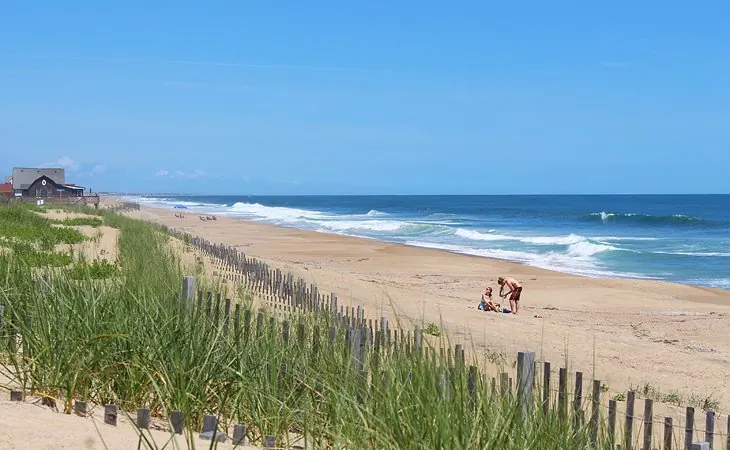
People often ask what are some major cities in the coastal plains of Texas, and how they differ from pure beach destinations. The answer lies in their mix of land and water culture.
Coastal-only beach towns like Port Aransas or South Padre Island focus on tourism and resorts. In contrast, the major cities in the coastal plains region of Texas balance urban life with natural landscapes. You’ll find museums beside marshes, industry beside wetlands, and heritage sites within driving distance of the sea.
Travelers who want both city comfort and Gulf beauty should explore these coastal plains cities in Texas. They offer authentic local experiences—music, food, festivals—along with access to the Gulf of Mexico.
Final Thoughts
After years of exploring, I can say the Cities in the Coastal Plains of Texas reveal a side of the state most travelers overlook. These destinations offer more than beaches—they showcase culture, history, and the constant push between nature and progress.
Each stop tells a story. Houston connects you to the stars, Galveston mixes salt air with old-world charm, and Corpus Christi keeps the Texas Gulf Coast spirit alive. Farther south, Brownsville reflects how the Rio Grande Valley blends cultures, food, and traditions.
If you plan to travel the major cities in the coastal plains region of Texas, do it slowly. Spend time walking, listening, and learning. Every town—from Beaumont to Victoria—shares a part of the coastal story that shaped modern Texas. Choose your route, check your map, and let the Gulf Coast guide you.
Frequently Asked Questions
1. Are all these cities truly in the Coastal Plains?
Yes. While some, like Houston and Victoria, sit inland, all belong to the Coastal Plains by geological and ecological classification.
2. What are 2 major cities in the Coastal Plains of Texas?
Houston and Corpus Christi are two of the best examples, both large and representative of this region’s character.
3. Which cities combine beaches and urban experiences?
Galveston and Corpus Christi perfectly blend city life with the Gulf of Mexico shoreline.
4. When is the best time to visit?
Late fall through spring offers comfortable weather, low humidity, and fewer storms along the Texas Coast.
5. How many days should I spend in each city?
Two to three days per destination gives enough time to explore major attractions and enjoy local food scenes.
6. Is hurricane season a dealbreaker?
Not necessarily. Plan around it by checking forecasts and avoiding late summer. Locals stay well-prepared, and most tourist zones recover quickly.
7. Are these cities safe for solo travelers?
Yes. The Gulf Coast Region is friendly and well-traveled. Stay aware of weather alerts and use standard travel precautions.
8. Can I visit all 7 cities in one trip?
Yes. A week to ten days is enough for a scenic drive from Beaumont to Brownsville, covering all coastal plains cities in Texas.
9. Are there cultural differences between northern and southern cities?
Definitely. Northern cities lean industrial, while southern hubs near the Rio Grande reflect stronger Mexican influence.
10. What are some major cities in the Coastal Plains?
Houston, Corpus Christi, Galveston, Beaumont, Port Arthur, Victoria, and Brownsville—each represents a unique layer of Texas coastal identity.
Recent Posts
 20 Surreal Places in Mexico That Feel Too Dreamy to Be Real (2025)
20 Surreal Places in Mexico That Feel Too Dreamy to Be Real (2025) What Makes Santiago Ways the Most Trusted Camino Agency?
What Makes Santiago Ways the Most Trusted Camino Agency? What Makes Orbis Ways the Go-To Choice for Outdoor Travel Enthusiasts?
What Makes Orbis Ways the Go-To Choice for Outdoor Travel Enthusiasts? Holiday Party Planning 101: Why Transportation Should Be at the Top of Your List
Holiday Party Planning 101: Why Transportation Should Be at the Top of Your List A Complete Guide to Veneajelu – Types, Routes, Prices, & More
A Complete Guide to Veneajelu – Types, Routes, Prices, & More

